What did people do before toilet paper was invented?

© ZME ScienceThe simple toilet paper is a luxury many of our ancestors didn’t have.
Everyone poops, but not everyone uses toilet paper.
It's estimated that over half of the world's population doesn't use toilet paper (most of them use water instead). But what did people do before we had access to toilet paper or modern bidets? Believe it or not, our ancestors used a wide array of approaches to wipe our behinds.
Dark historyBelieve it or not, history doesn't seem to focus a lot on how people cleaned up after going "number two." We don't know what people used ten thousand years ago or more, and there's not much historical evidence or written text about this.
But since people in non-industrialized parts of the world (and camping trips) use
things like leaves or cobs, that may have been the case in the very-olden days. But whatever the large-scale practices were, they are not well preserved in the archaeological record or in writing before the Greco-Roman times.
Still, some clues remain.
For instance, some cultures today use a 'lota', a type of small, spouted vessel traditionally made of brass or copper to spray clean the booty after the dirty business, and lotas dating back to the
2nd millennium BC have been uncovered. It's probably safe to assume that throughout history, water has been widely used for cleaning, possibly with a cloth towel, fur, or another material used for wiping.
But that only works if you have a hefty supply of water and sewage. Some ancient civilizations had this. Almost every house unit at Harappa, Mohenjo-Daro, and Lothal (all ancient civilizations older than 3500 years old) was equipped with a private bath-toilet area with drains that could take the dirty water out into a larger drain that emptied into the sewage and drainage system.
It was the Greeks and Romans, however, that designed a type of lavatory that survived, with small modifications, for over 1500 years (until the modern age).


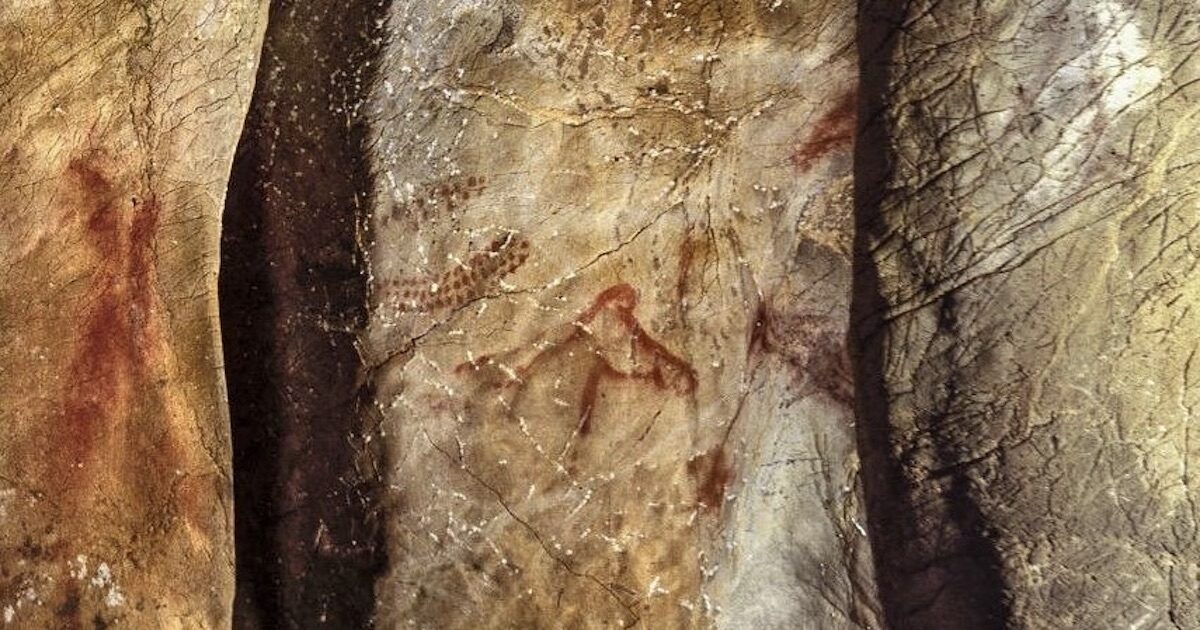
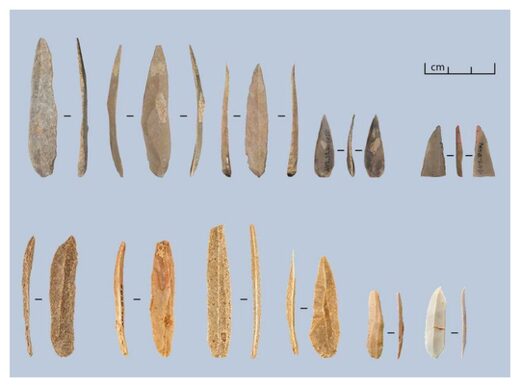
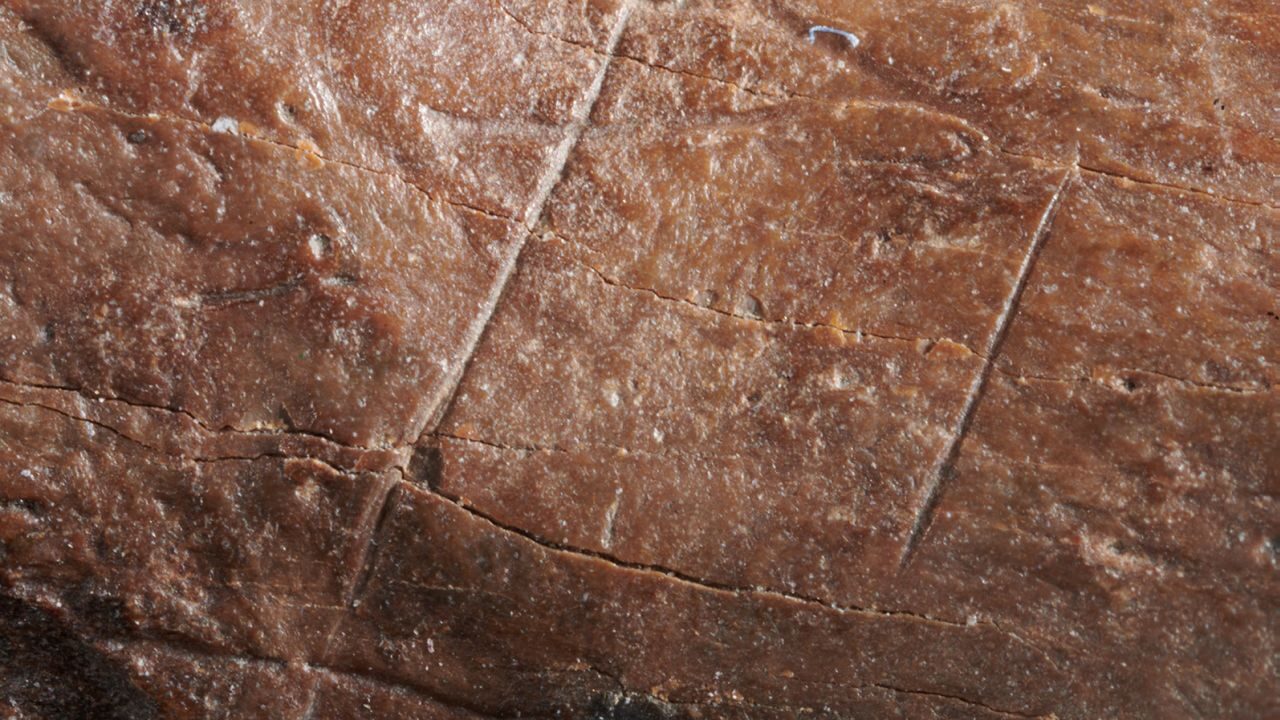
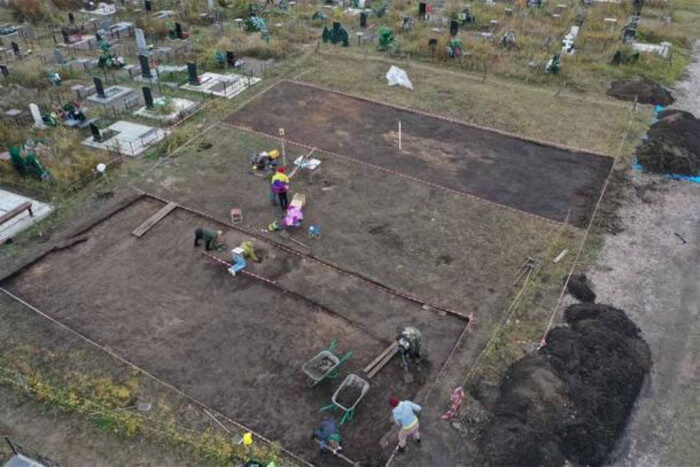



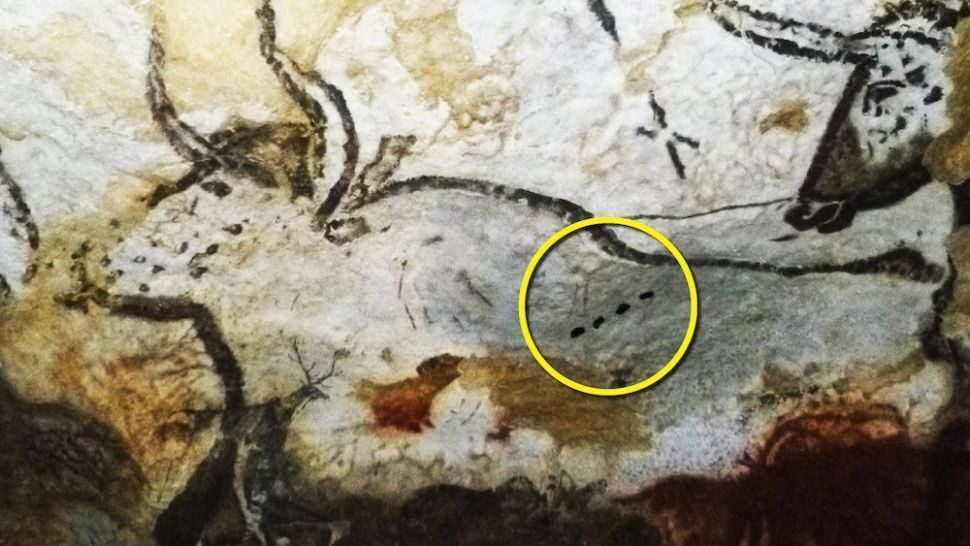



Comment: See also: